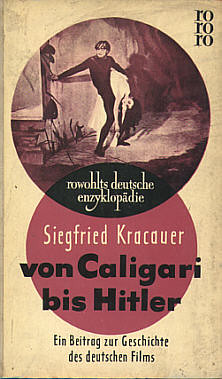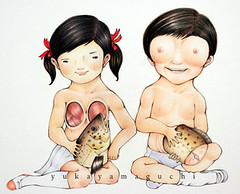Lou Castel and Carroll Baker
Carroll Baker’s “eurosleaze” career
After finding out about Bill Landis‘s death last month, I finally ordered his Sleazoid Express and surprisingly almost read it from cover to cover in chronological order.
I’m amazed by the book.
It is very much “spirit of place,” (I should explain, the whole book is divided in chapters that correspond to certain film theatres in the vicinity of 42nd Street, with knowledge of every hot dog stand, every theatre’s audience, the condition and relative safety of the bathrooms etc…).
At times Sleazoid Express reads like a realistic plotless piece of fiction in the manner of the enumerations of consumer goods in American Psycho.
Just like the consumer goods in Psycho, the films referenced are real and range from silents such as Trapped by the Mormons (1922) in its Mondo film chapter, to intriguing eurosleaze titles such as Orgasmo by Umberto Lenzi in its chapter on the sexploitation school of European exploitation so well documented in Immoral Tales: European Sex & Horror Movies 1956-1984.
Let us focus on Orgasmo, a 1969 Italian film by Umberto Lenzi starring Carroll Baker and Lou Castel.
Carroll Baker’s eurosleaze career
Following a protracted legal battle with Paramount Pictures and divorce from her second husband, Jack Garfein, Carroll Baker moved to Europe. Eventually settling in Italy, she would spend the next several years starring in hard-edged giallo thrillers, including The Sweet Body of Deborah (1968), Paranoia (1970), and Baba Yaga (1973). During those years, film locations would take her all around the world, including Spain, Germany, the United Kingdom, and Mexico. A lead role in Andy Warhol’s Bad (1977) brought her back to American shores.
Umberto Lenzi
Umberto Lenzi (born August 6 1931), is an Italian film director who was very active in low budget crime films, peplums, spaghetti westerns, war movies, cannibal films and giallo mysteries (in addition to writing many of the screenplays himself). He is the director of two highly controversial exploitation films: Eaten Alive! (1980) and Cannibal Ferox (1981) as well as the film adaptation of the Italian comic book Kriminal (1966). He was one of the first Italian directors to get involved in the Giallo film craze (along with Mario Bava and Dario Argento), and his “Man From Deep River” is credited as being the film that started the “Italian cannibal film” genre later popularized by Ruggero Deodato, Jess Franco and others. His most critically acclaimed film is Milano odia: la polizia non può sparare (1974).
Paranoia/Orgasmo
Trailer
Orgasmo is a 1969 Italian film by Umberto Lenzi starring Carroll Baker and Lou Castel. The film was released in the United States as Paranoia. Lenzi’s other film Paranoia (1969) was released as in the United States as “A Quiet Place To Kill” in the USA, since “Orgasmo” was already released in the USA as “Paranoia“.
Orgasmo premiered in Italy on February 2 1969. Bertrand Tavernier was credited but did not actually work on the film.
Orgasmo is my first exposure to Umberto Lenzi. It is the story of a rich woman being seduced by a male, who moves in with her but his “sister” comes along. His sister appears to be his lover and their goal is to destabilize the woman with drink and drugs and then kill her. (the plot twist of bringing a “sibling” to the party and destroying their host has been best explored in The Servant (1963) with Dirk Bogarde).
The film brings up interesting links.
Cuckoldry discovery
http://www.youtube.com/watch?v=CPnPpPzcKpY
Carroll Baker in scenes from Paranoia/Orgasmo, A Quiet Place To Kill and The World Is Full of Married Men.
For example the above YouTumentary of a recurring scene in Carroll Baker‘s oeuvre played by her in three different movies. In Paranoia/Orgasmo, A Quiet Place To Kill and The World Is Full of Married Men. This scene ought to have a name in narratology. The first hand experience of catching your lover making love to another woman or another man. An iconic moment in this category would be the famous walk-in scene in Brian De Palma‘s Body Double in which the hero discovers his wife after a long and painful build up.
When I think of myself I want to vomit
http://www.youtube.com/watch?v=-xf5WKB791M
An iconic scene of Orgasmo is Baker saying “When I think of myself I want to vomit.” Great stuff for when you are in a self-loathing mood.

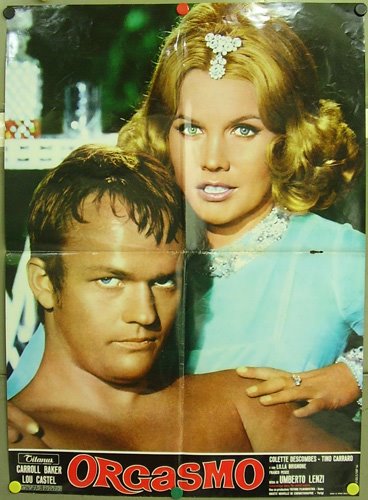
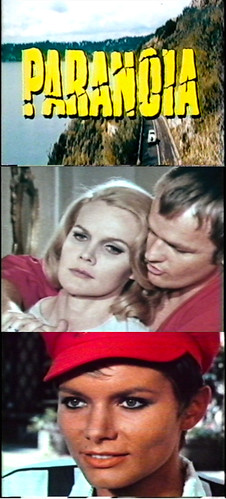

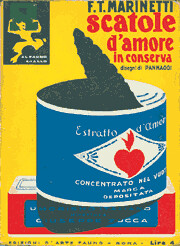
![Merda d'Artista by Piero Manzoni by [AMC]](http://farm3.static.flickr.com/2364/2318022504_b88e8e8ca4_m.jpg)



